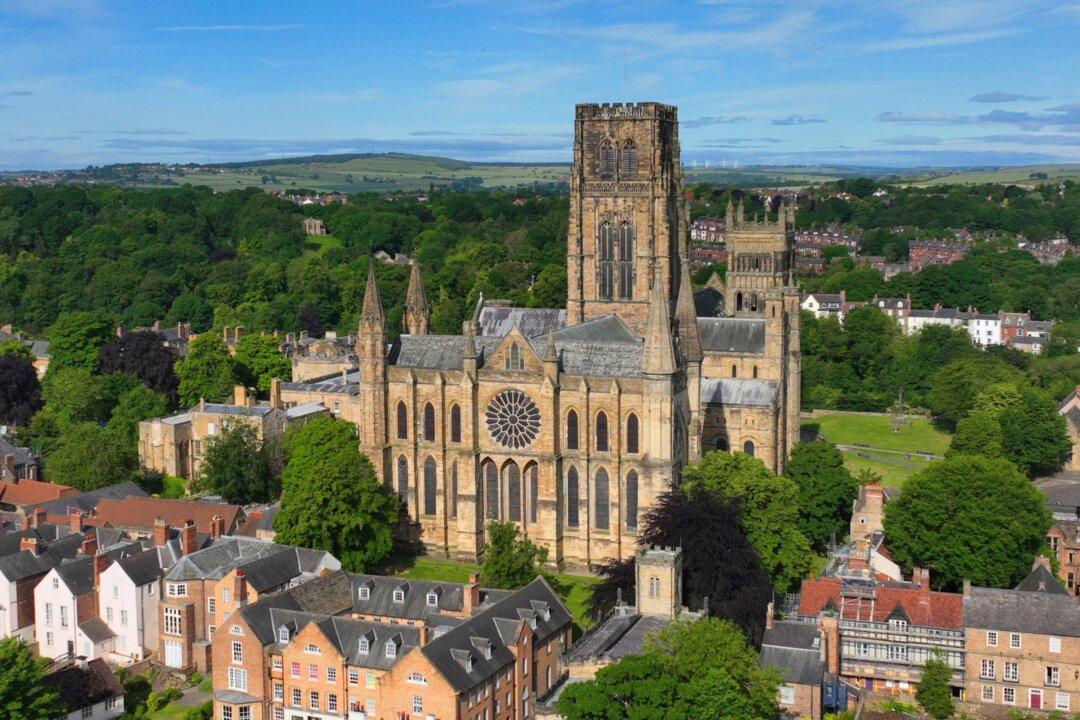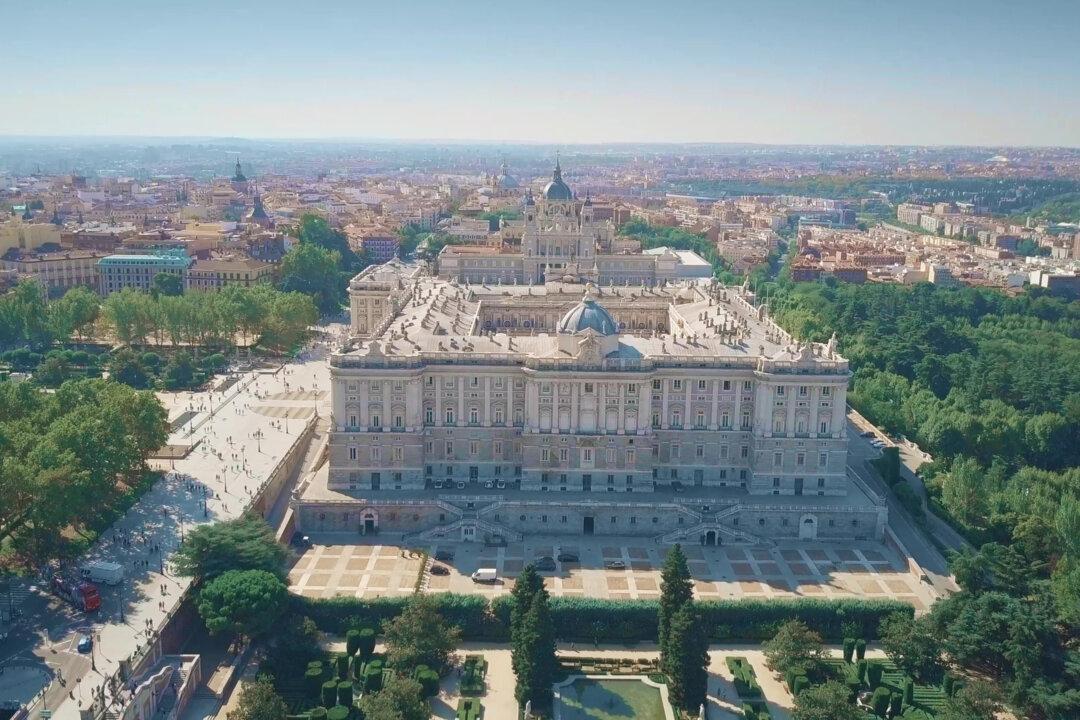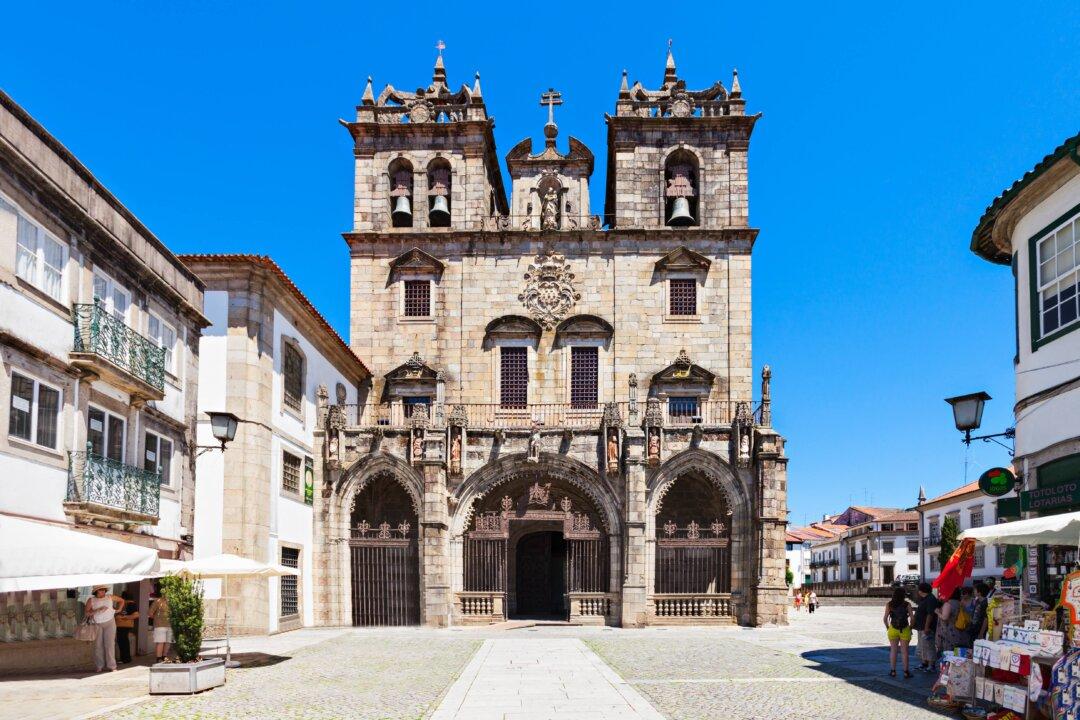The Belvedere Palace in Vienna, Austria, is actually two structures—the Upper and Lower Belvederes, each with its own history and purpose—and is a masterpiece of late-Baroque architecture that has sat in the city’s third district for more than 300 years.
Originally, the Belvedere was built for Prince Eugene of Savoy, who wanted a summer residence outside the city limits in an undeveloped area called Landstrasse. The prince commissioned renowned Baroque architect Johann Lukas von Hildebrandt to build him not one, but two palaces inspired by Versailles, completing the Lower Belvedere in 1716 and the Upper Belvedere in 1723. The estate also includes an orangery and stables.






